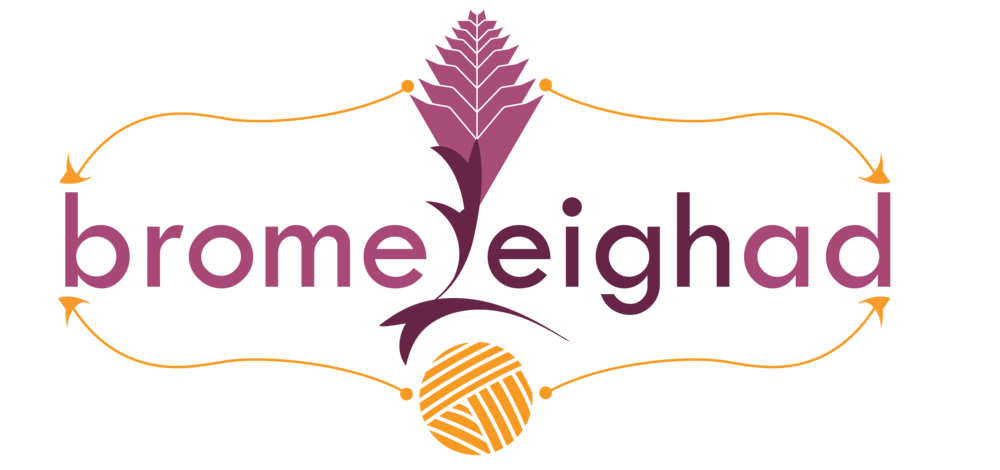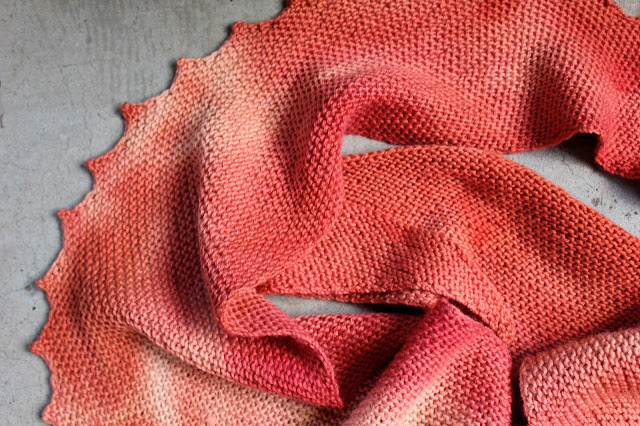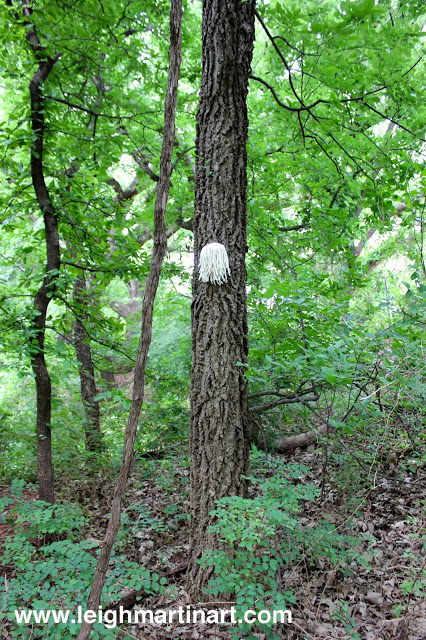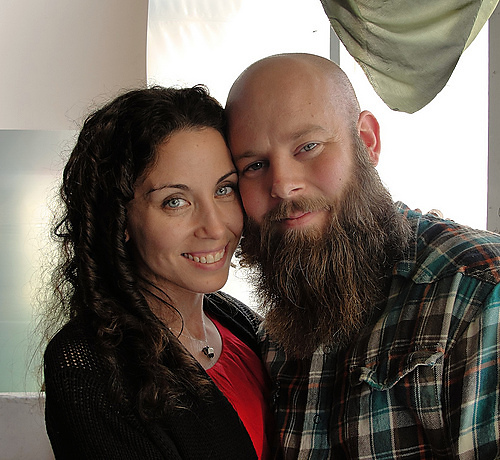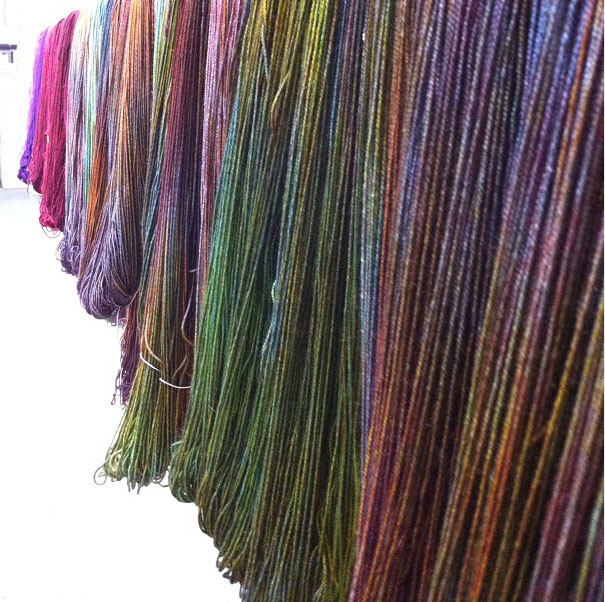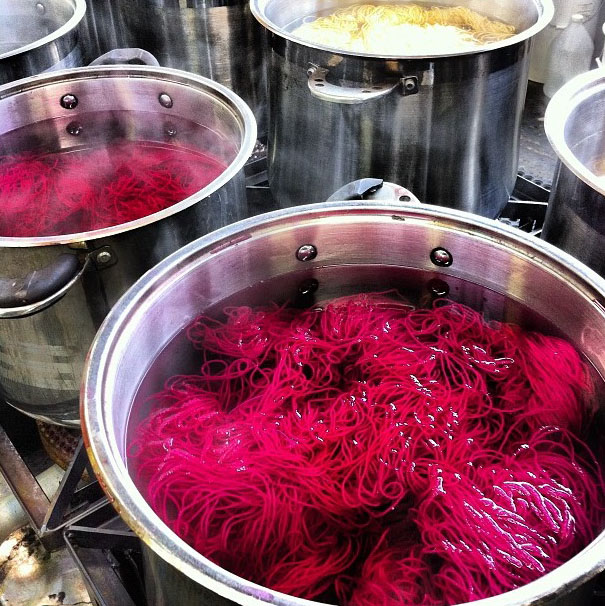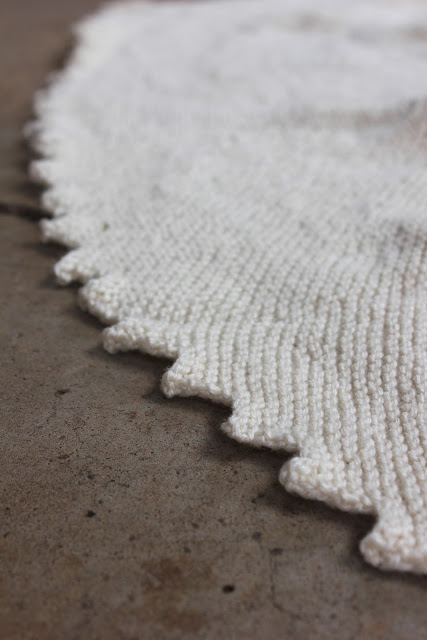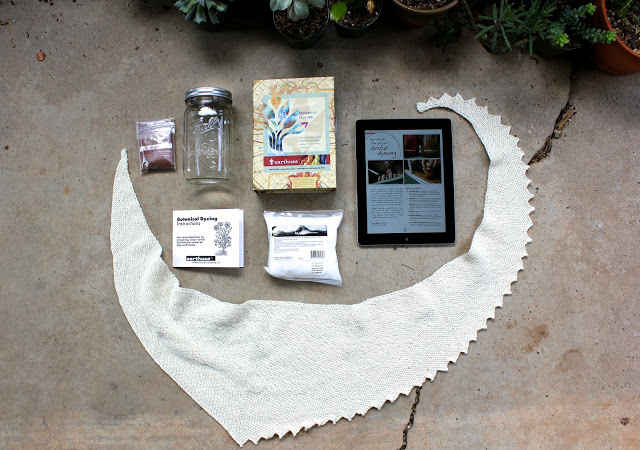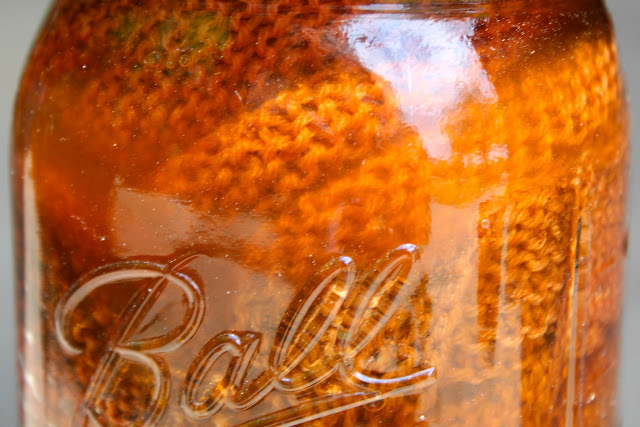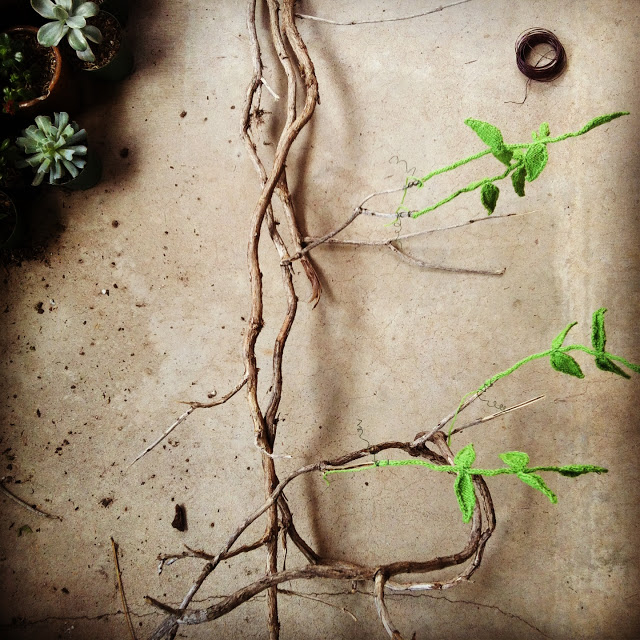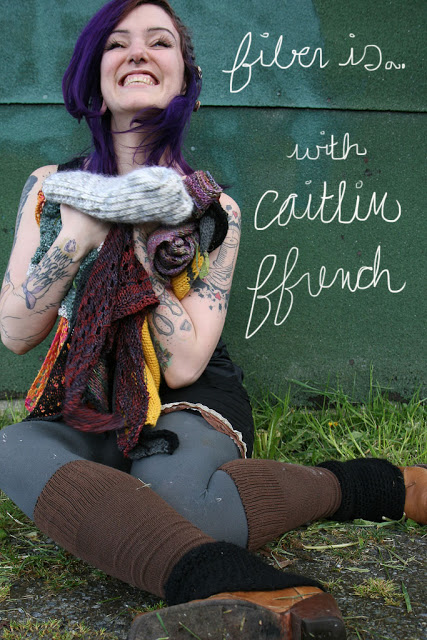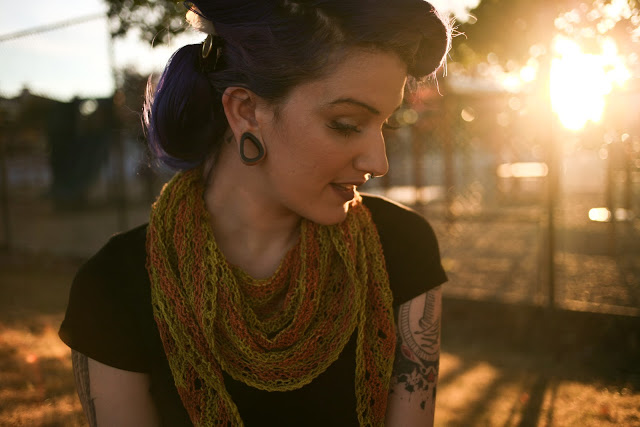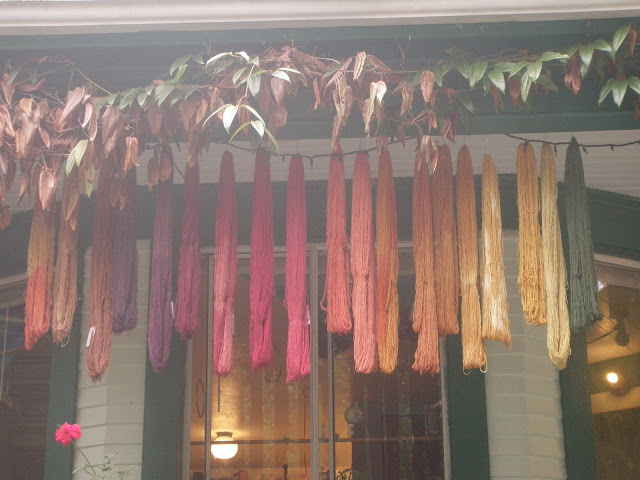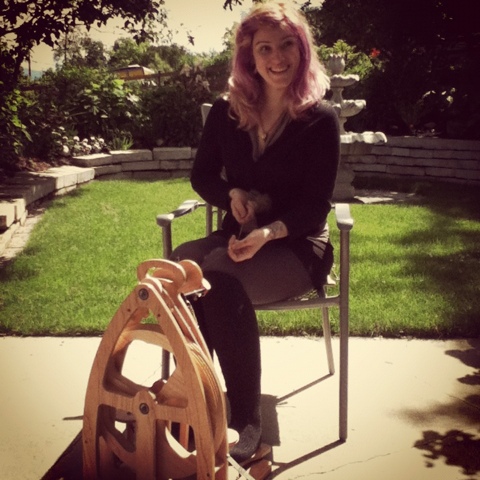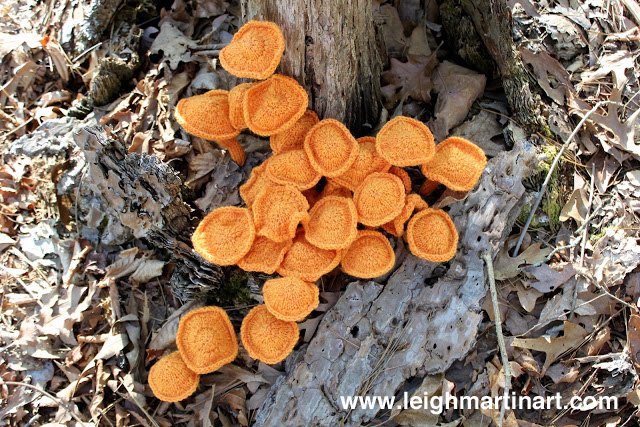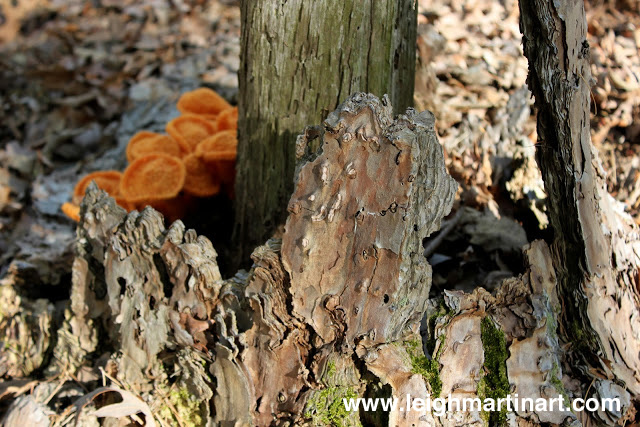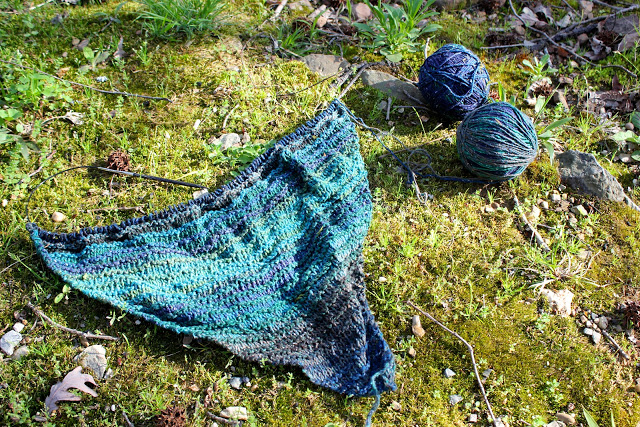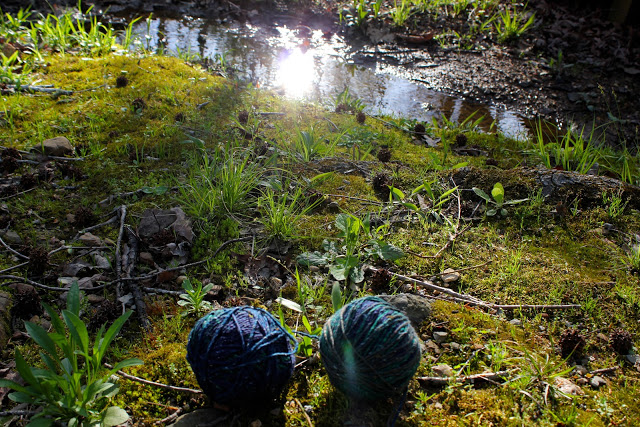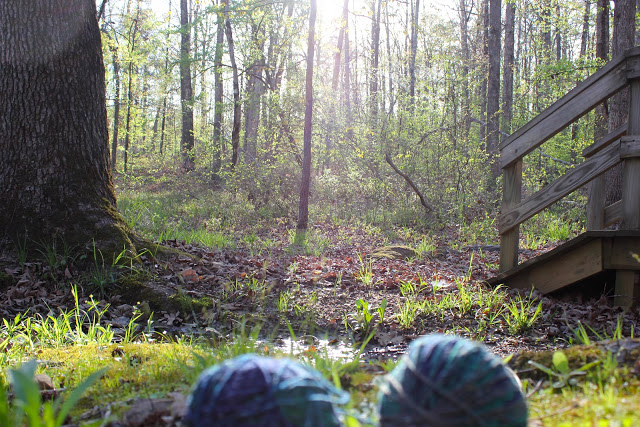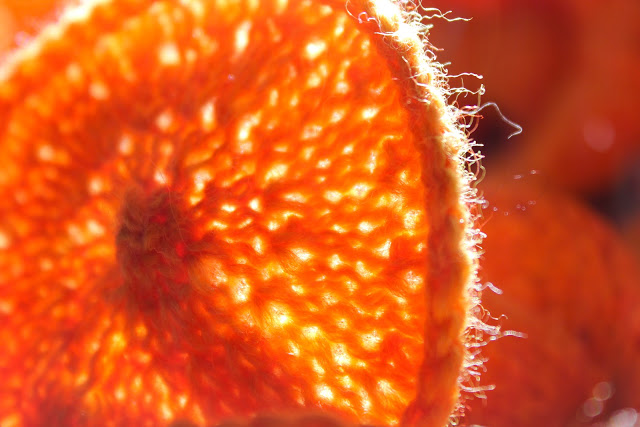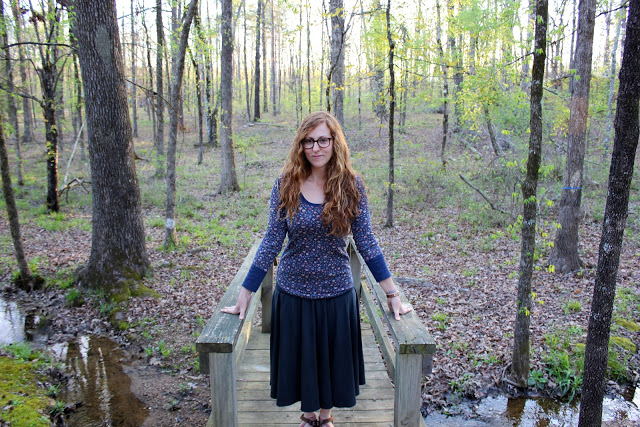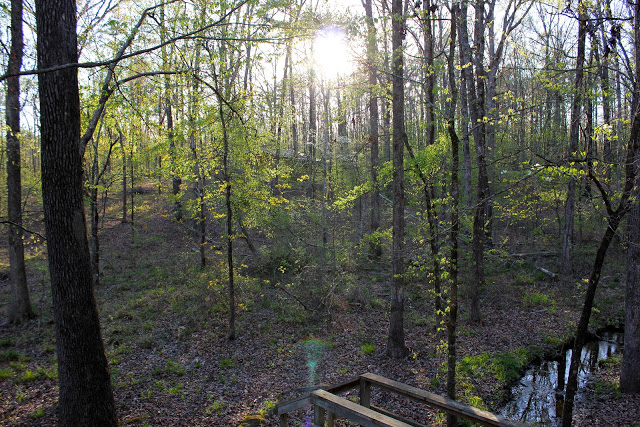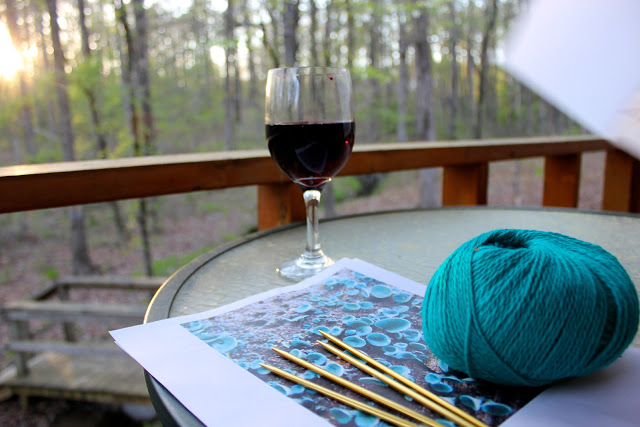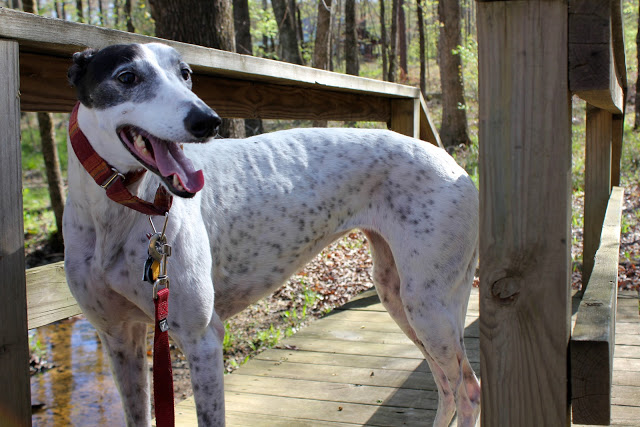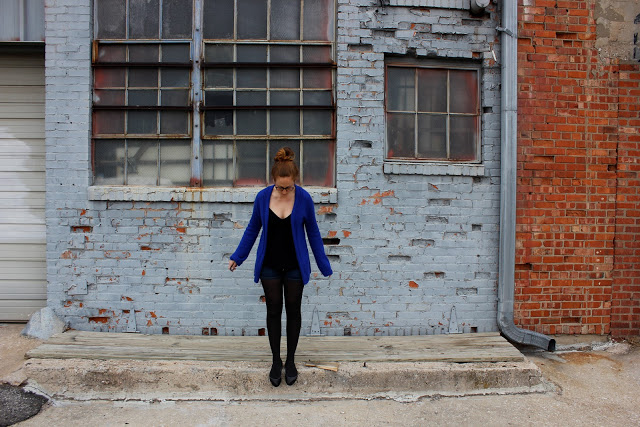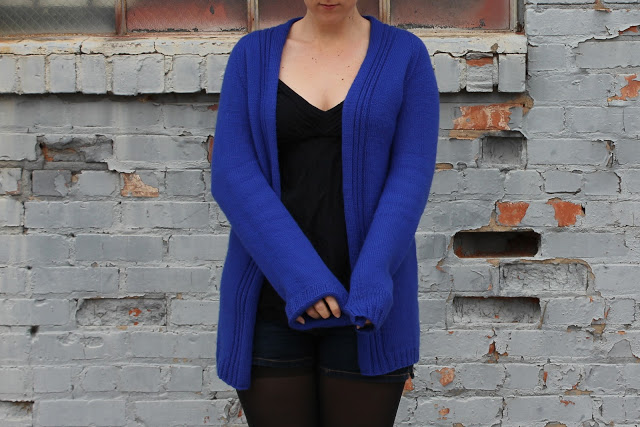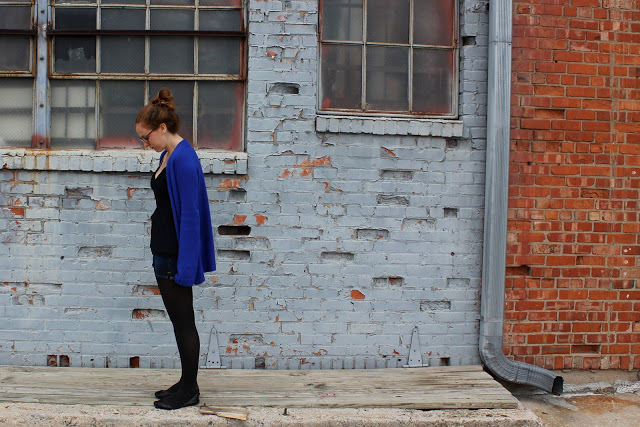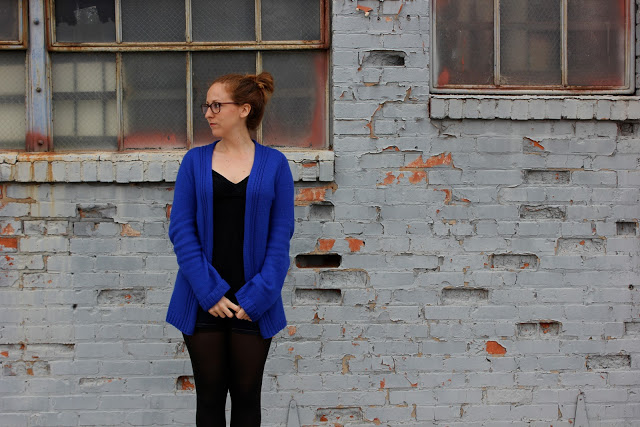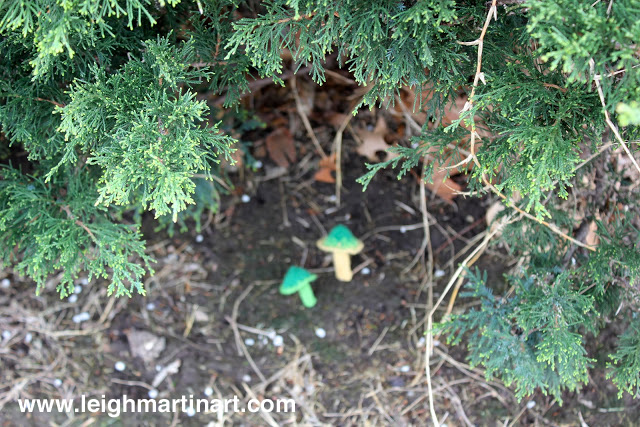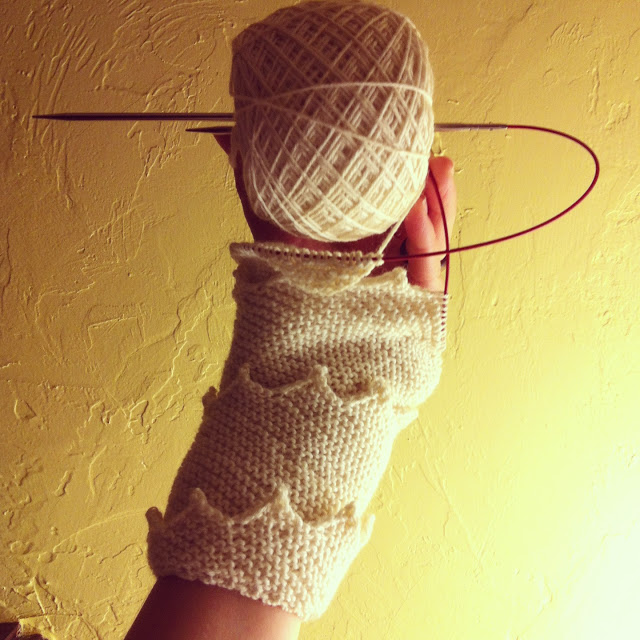52 Forms of Fungi || #14
52 Forms of Fungi || #13
52 Forms of Fungi || #12
Fiber Is... || #2
I found Sarah Eyre within the last couple of years on Instagram, when it was still possible to search a general hashtag (i.e. #knitting) and view photos that were posted more than an hour or two ago. I was intrigued by this beautiful, courageous lady, partly because she just happens to have my dream job.... she co-owns a yarn company called Cephalopod Yarns! Based out of Baltimore, her IG feed often includes skeins of lusciously hued yarns in dye pots or drying racks, fun mirror art in the studio, and images and words that just remind you to remain present. I'm hoping to splurge on some of her yarn later this summer---there's some camel fiber that I'm dying to make a shawl out of. It's supposedly incredibly soft! Here's what fiber means to Sarah Eyre..
About Sarah
Oh no, the dreaded introductory paragraph! I’m so awkward at this part. I’m your average cat- herding thirty-something fiber artist, living in Baltimore with my husband and daughter. I cook pretty well and play banjo very, very badly. I take endless photographs of absolutely everything. I love comic books, Victorian literature, yoga and running, and I believe every single one of us is a superhero. I teach yoga and meditation when I’m not on the road, with a focus on working with the disabled. I believe in the power of small and simple things.
Ways Sarah works with fiber, including her favorite craft:
I’m a dyer, spinner, knitter, felter, knitwear designer, embroiderer and shamefully awful crocheter. Improving my crochet skills is on my list of goals for 2013; there are just too many amazing crochet projects and patterns! In truth, I’d say I’m primarily a spinner and dyer; while I do knit, and love to knit, my primary passions are color and form.
And now for the big open-ended question. To Sarah, fiber is...
Fiber is grounding and uplifting: it reminds me slow down and to pay attention to the small things, like stitches or plying, but it also brings people together into common efforts, like Afghans for Afghans, where fiber artists work to create warm handmade items for people they’ve never met. My life is infinitely warmer, happier, and, well, fuzzier with fiber in it. :)
Sarah (shown below with her husband, who she works with!) blogs at On My Tiptoes and you can shop for (and lust after) some of the beautiful yarns her company creates at Cephalopod Yarns. Thanks, Sarah!
Solar Dyeing + Off the Needles || Hitch Hiker Shawl
Trying Something New...
I'm learning a new skill today, and I must say that it is thoroughly addictive. Can't wait to share more about this next week...
Above is my (finally) completed hitchhiker shawl, the guinea pig for this experiment...
52 Forms of Fungi || #11
This structure was knitted as part of my 52 Forms of Fungi project, through which I will knit a different type of fungi for every week of 2013. Check out more of the forms from this project
Dyed-in-the-Wool
Installation in Progress
What I've Been Working On
Fiber Is... || #1
I feel like I'm constantly reading about and meeting people who use fiber in unique and inspiring ways. Knitters, weavers, spinners, dyers, printers... everyone has a different connection to fiber through their craft and it means something different to each and every one of us. It's my pleasure to introduce a brand new column that explores those connections and gives us a different perspective on the impact that fiber has on the lives of artists who use it in very different ways. I'm already inspired just thinking about it... Here we go!
About Caitlin:
Hello! My Name is Caitlin Ffrench. Facts about me: I play accordion. It is large, and red, and it was my aunt's when she was little. No one else in the family wanted it! I make most of my own clothes. Dresses, sweaters, hoodies... its is because i'm 6 feet tall, and I need clothes that actually fit! I really like my cat. A lot. We hang out most every day, and we sing together! I got a BFA (Fine Arts degree) and halfway through completing it, went for a year of fibre school to draw inspiration. I ride bikes a lot. I also build freak bikes. Bikes are better than most everything else. Hobbies??.... all sorts. Weaving, spinning, sewing, building lovely things in my woodshop... a lot of reading too! I LOVE Grey's Anatomy. A LOT! I cry every time!
Ways Caitlin works with fiber, including her favorite craft:
Sewing, embroidery, spinning, weaving, felting, pattern construction, surface construction (screen printing), knitting, crochet. And my favorites change all the time. Right now i'm totally into weaving.. but 2 weeks ago it was spinning!
And now for the big open ended question. To Caitlin, fiber is...
Fiber is my everyday; I really make things every day. Some days I don't make much... but I still use my hands all of the time. Fiber is something to keep my mind happy, and my heart well. I can be connected to my fibre life by adventuring in the woods, harvesting dyes. Or I can be connected by just simply wearing something that I have sewn.
Fiber is something that I grew up with. My mother and grandmother both made things from fibre when I was growing up. My grandmother has since passed away, but I use her sewing machine all of the time. (It is a workhorse!) And my mother is a magnificent fibre artist. She can sew more beautiful things than I could believe are possible. She is fantastic! SO fibre is also something that connects me to my family.
52 Forms of Fungi || #10
Here are two links to more information about northern tooth. I typically like to post the Mushroom Expert profiles with each of these forms, but for some reason it didn't have any photos showing the growth habit that is portrayed here, so that's why I included the second link.
Northern Tooth....... one || two
This structure was knitted as part of my 52 Forms of Fungi project, through which I will knit a different type of fungi for every week of 2013. Check out more of the forms from this project.
52 Forms of Fungi || #9
Decomposition: Riot
On My Needles || Lanesplitter
New Decomposition Installation + Weekend Away
Off the Needles || Walpole
52 Forms of Fungi || #8
On My Needles || Hitchhiker
